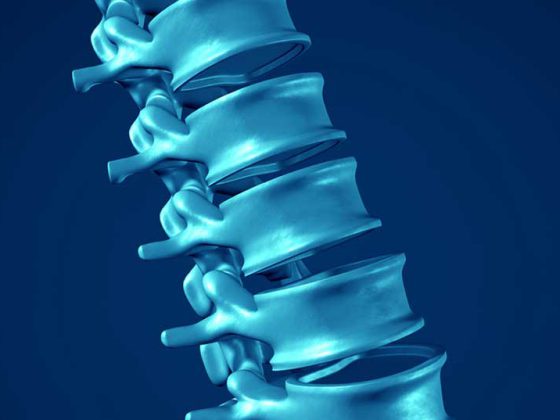Chronic pain not only has an enormous impact on the quality of life of those affected, but is also not so easy to keep at bay. Choosing the right agent at the right time is a major challenge and should be well considered. This is because, in addition to possible interactions, the risk of end-of-dose failure, for example, may result in an increase in pain chronification.
The experience of pain is a multifactorial process. Therefore, it is understandable that monomodal therapeutic approaches do not produce the desired outcome. Interdisciplinary, multimodal pain management is therefore the focus of most treatment options. In addition to pain control, the goals are primarily to regain or stabilize quality of life and functional recovery. The therapy regime should be individually tailored to the needs of the affected person and include occupational/physiotherapeutic measures, psychotherapy and pharmacological interventions in addition to exercise therapy.
Level scheme facilitates orientation
The field of pharmacological therapy options is broad. An initial orientation is provided by a grading scheme that assigns the individual agents to the degree of pain (Tab. 1) . In principle, the drugs should be selected according to the pathophysiological cause of pain. In addition, attention should also be paid to the relationship between effect and side effect, which often requires optimization. Studies have shown that chronic pain patients are more likely to discontinue their treatment because of side effects than because of insufficient efficacy.

Comparable effect and yet different
Patients with severe pain in particular, such as tumor breakthrough pain, require a highly potent opioid. Breakthrough pain comes on suddenly and lasts up to 30 minutes, and in rare cases up to 60 minutes. They can occur up to ten times a day. They are a temporary amplification of continuous pain under pre-existing, well-controlled basic medication.
Individual risk factors such as age, renal and liver function, immune system status and concomitant medication, among others, play a decisive role in the choice of the right preparation. Morphine, oxycodone, and hydromorphone have been shown to be comparably effective. However, there are significant differential therapeutic differences. Registry analyses have shown that morphine is the most poorly tolerated. The trend is toward hydromorphone, which allows safe, effective and tolerable long-term therapy even in old age. As a 24-hour retardation, the risk of end-of-dose failure can also be reduced.
Source: German Pain Congress
InFo NEUROLOGY & PSYCHIATRY 2020; 18(6): 24 (published 11/28/20, ahead of print).











